
Win Your First Design Client with Confidence
Starting your first interior design project can feel both thrilling and daunting. Making a great impression on your first client sets the foundation for a successful career. From the moment you meet them, your professionalism, creativity, and attention to detail will be under the spotlight.
This slideshow walks you through practical, foolproof strategies to wow your client and deliver a design they’ll love. Whether you’re starting from scratch or refining your skills, these tips will ensure your first project leaves a lasting impression.
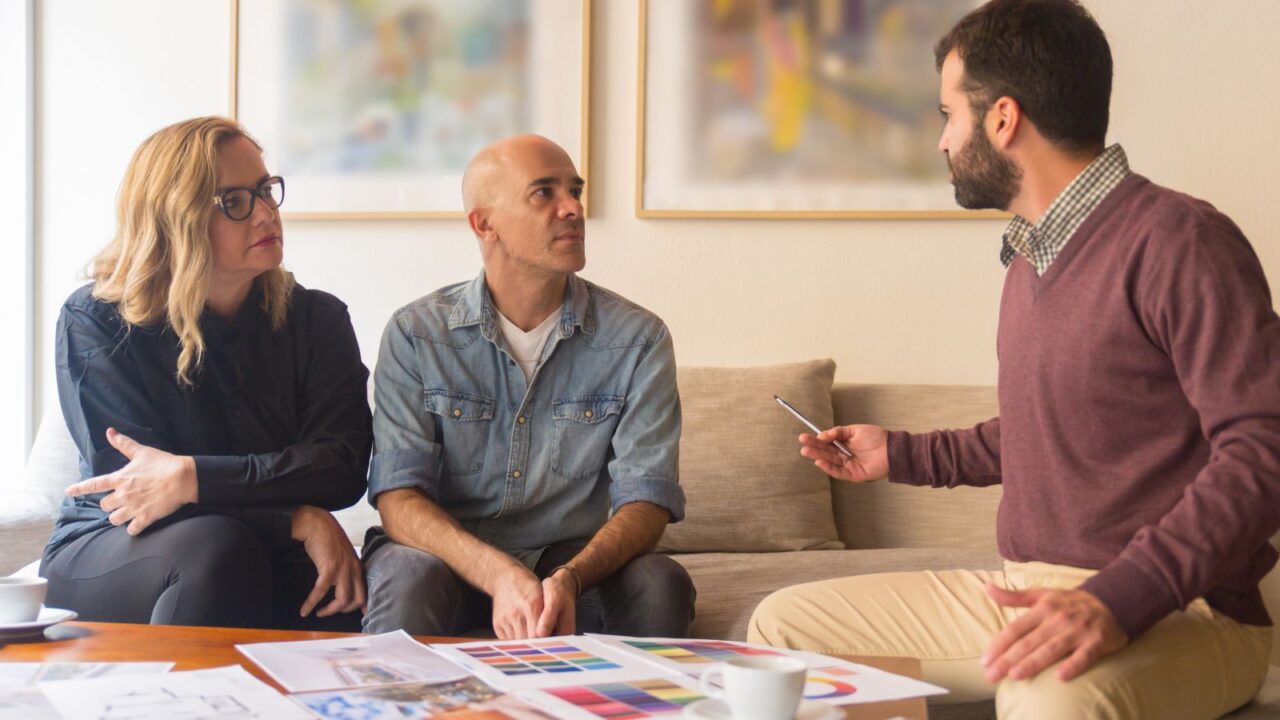
Start Strong with a Solid First Impression
Your first interaction with a client sets the tone for everything that follows. Arrive on time, dress professionally, and have a confident but friendly demeanor. Prepare thoroughly by researching their style preferences and needs ahead of the meeting.
Clients value attentiveness, so listen closely and take notes during discussions. Showing genuine enthusiasm for their project can instantly build trust and lay the foundation for a positive relationship.

Research Their Style and Preferences
Before meeting your client, take time to understand their aesthetic. Pay attention to clues they share, like Pinterest boards or room inspirations they admire. Dive into their social media or ask about their favorite colors, textures, and materials.
This personalized approach shows you’re invested in their vision. When clients see that you’ve made an effort to align with their style, it boosts their confidence in your abilities.

Present a Clear Process
Clients often feel anxious about how design projects will unfold. Having a structured process makes them feel secure and engaged. Break down your plan step-by-step, from initial brainstorming to final installation.
Explain timelines and any potential challenges upfront to manage expectations. A clear roadmap helps you appear professional and makes the journey smoother for both parties.
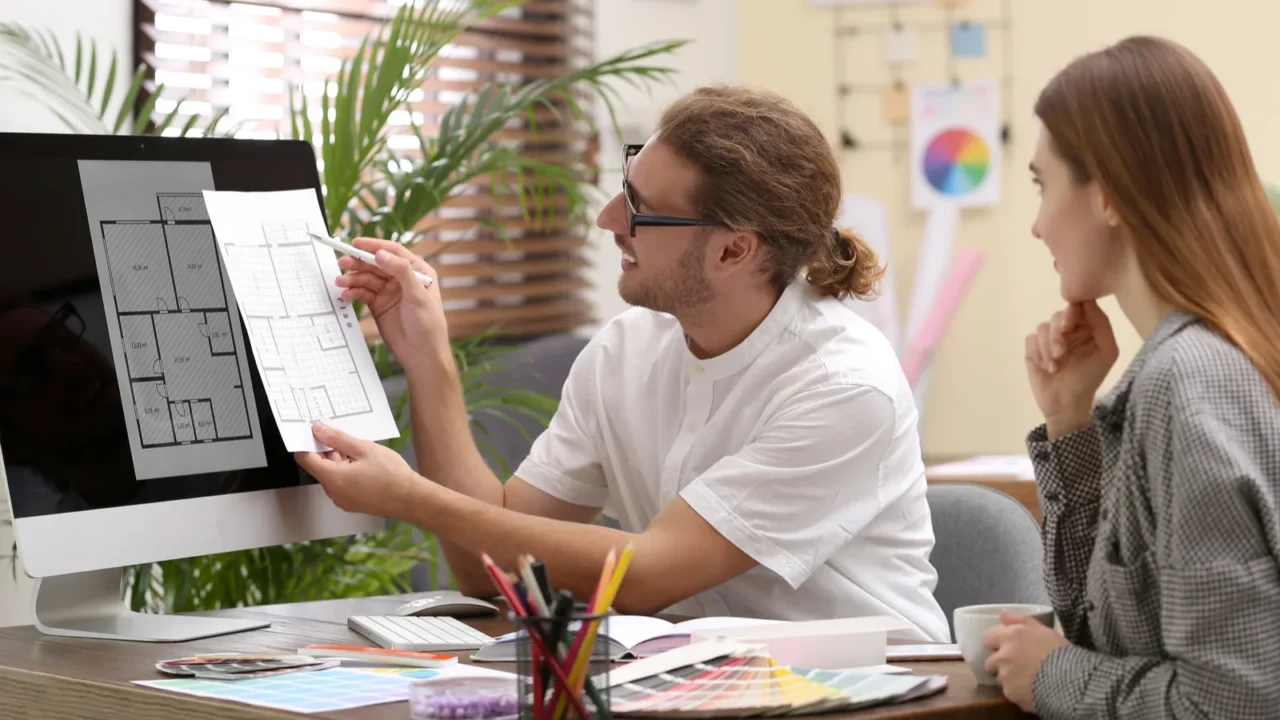
Communicate with Confidence
Confidence in your design skills is key to earning a client’s trust. When presenting ideas, use language that’s assured but not overbearing. Avoid industry jargon that might confuse or alienate them.
Clients appreciate when you offer honest advice, especially when explaining why certain design choices will or won’t work. Balance confidence with flexibility to leave room for their input.
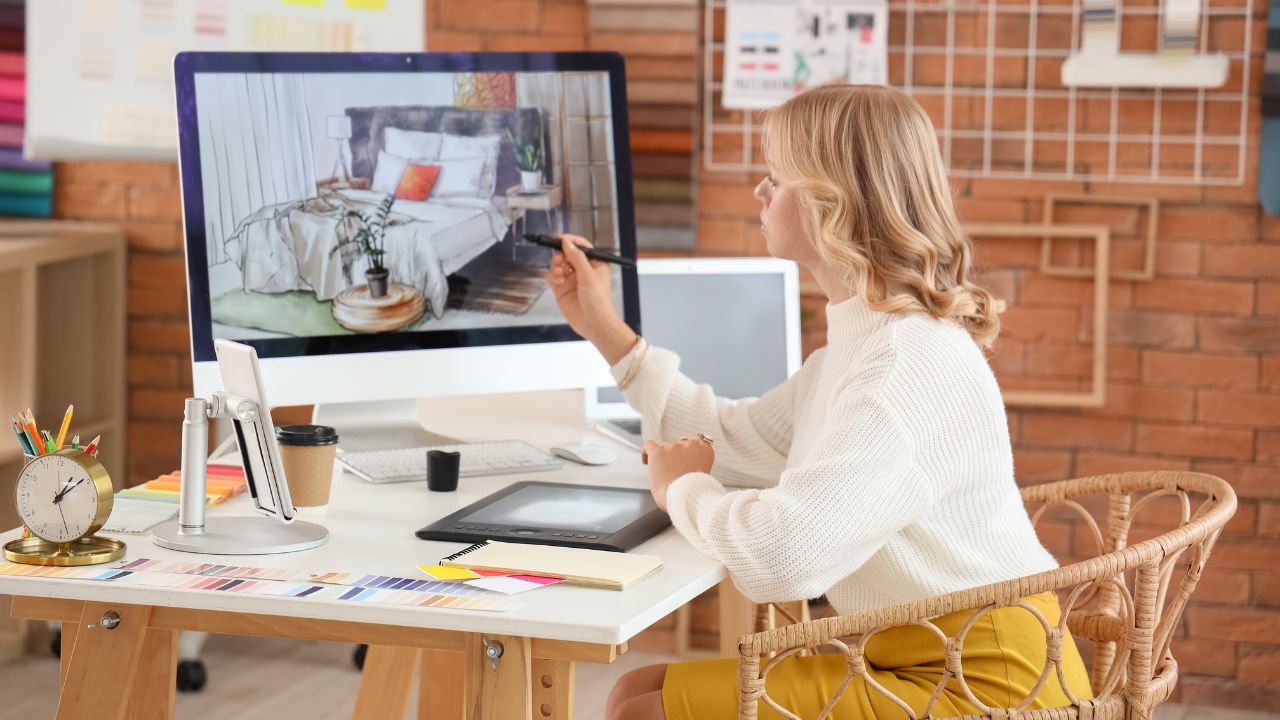
Create Stunning Visual Presentations
Clients often struggle to visualize design ideas, so high-quality visuals can make a big impact. Use tools to create digital mood boards, 3D renderings, or sketches that clearly illustrate your concepts.
Focus on creating a presentation that’s easy to understand and visually compelling. When clients can see their ideas come to life, it strengthens their trust in your vision and skills.

Keep the Budget Front and Center
Discussing budgets can be tricky, but transparency is key to building trust. Start by asking about their budget upfront, then outline how you’ll allocate it wisely.
Regularly update them on costs throughout the project to avoid surprises. When clients see you respecting their financial limits while delivering quality work, it leaves a lasting impression.
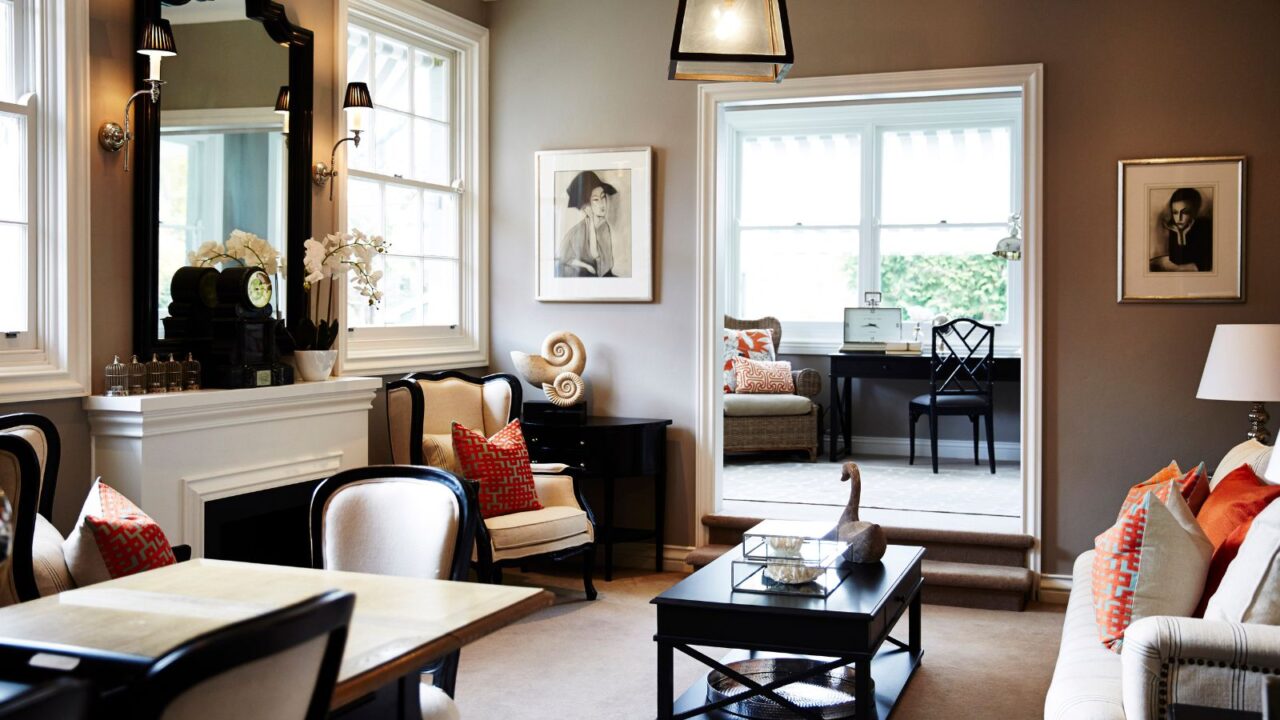
Add a Personal Touch
Including a personal detail in your designs can make a project feel special. This might mean incorporating a family heirloom, favorite color, or a meaningful piece of art.
Taking the time to understand what matters most to the client shows thoughtfulness and care. Personal touches often become the most cherished elements of a design.
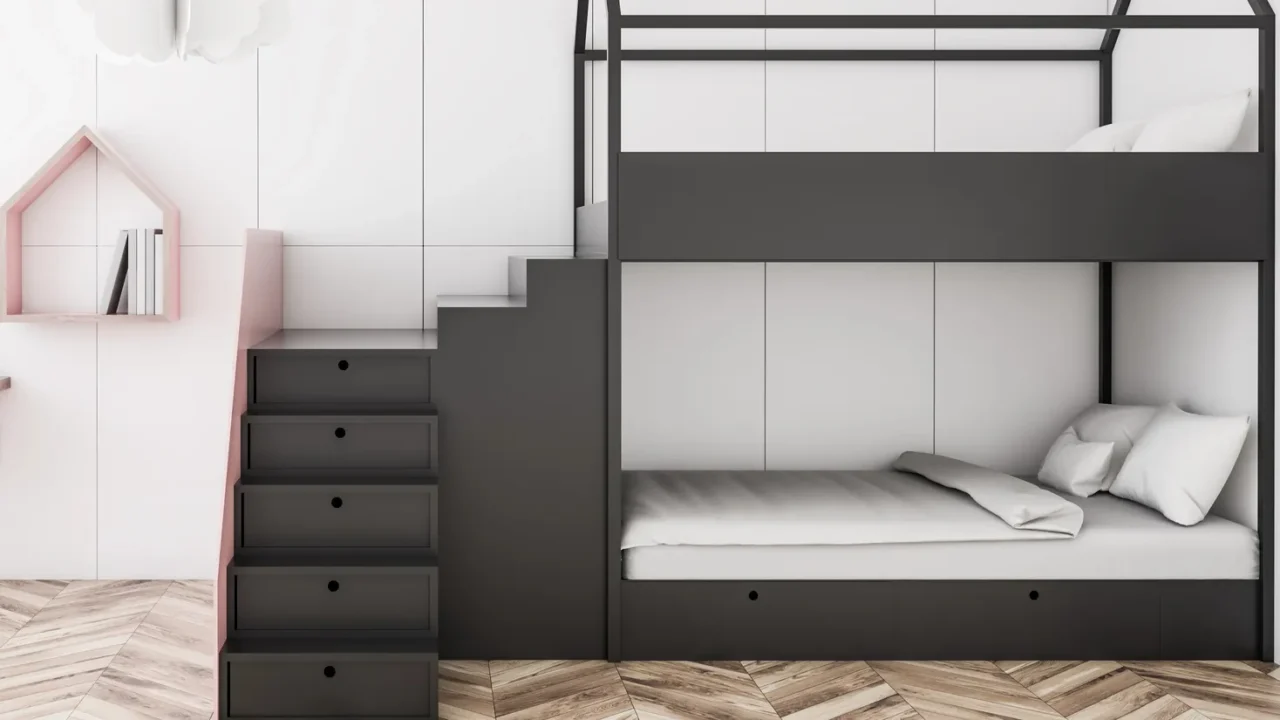
Showcase Practical Solutions
Clients value designs that are both beautiful and functional. When presenting ideas, emphasize how your choices meet their practical needs, like storage solutions or kid-friendly materials.
A thoughtful approach that balances style with everyday usability highlights your professionalism. Delivering practical designs ensures clients see the long-term value in your work.
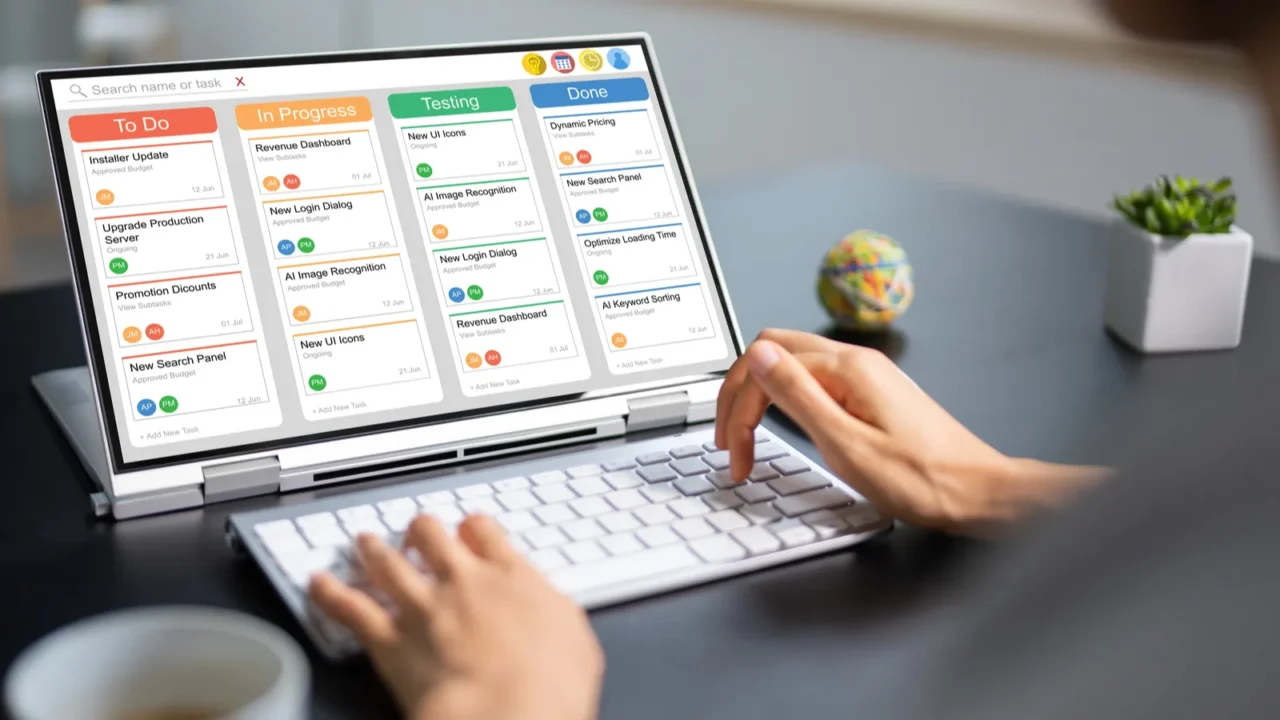
Stay Organized and Proactive
Keeping your project on track is essential for impressing a client. Use tools to manage timelines, schedules, and communication efficiently.
Proactively addressing potential issues before they arise shows your ability to lead. A seamless process builds trust and ensures your client enjoys working with you.
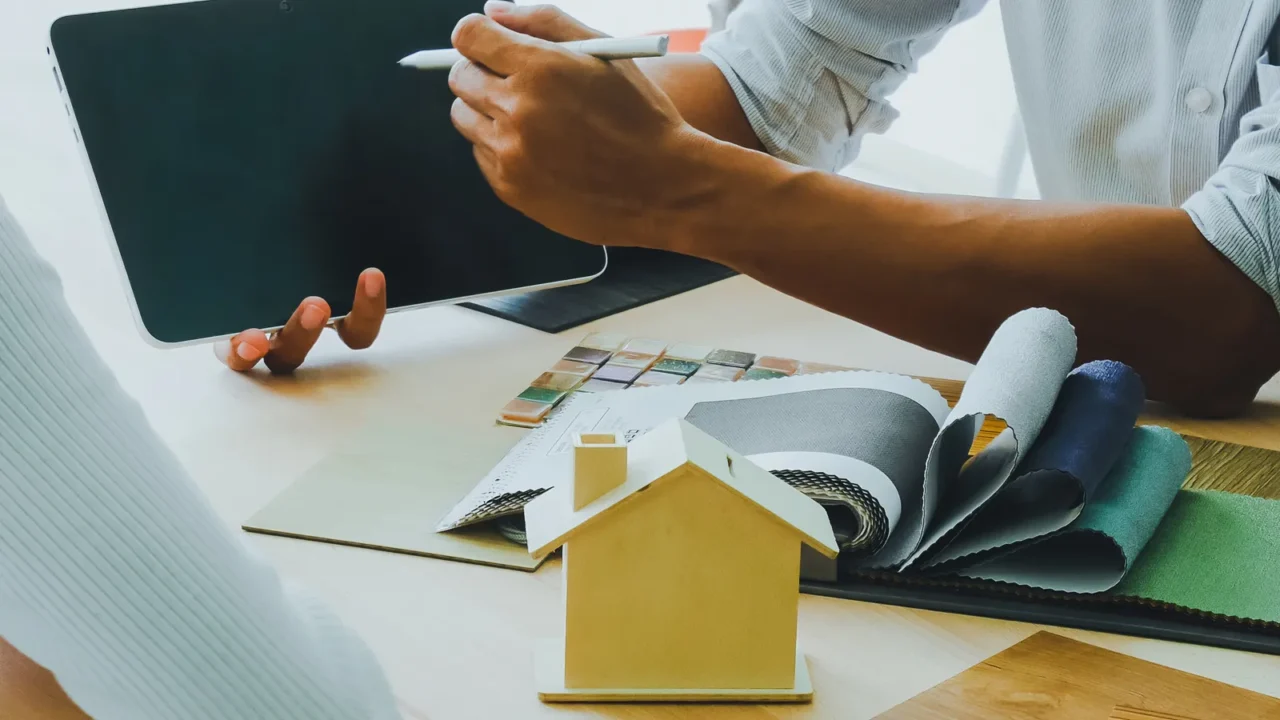
Be Adaptable to Their Needs
Clients may change their minds during the project, and being adaptable is critical. Show patience and understanding when they request adjustments or reconsider earlier decisions.
The ability to pivot gracefully not only impresses your client but also demonstrates your problem-solving skills. Flexibility ensures a smoother process and a final design that satisfies their evolving vision.

Be Transparent About Challenges
Every project has its hurdles, and addressing them openly shows integrity. If delays or unforeseen issues arise, communicate them clearly to your client.
Explain your plan for resolving problems while keeping their goals intact. Transparency builds trust and demonstrates your commitment to overcoming challenges.

Encourage Collaboration
Involve your client in key decisions to make them feel like a partner in the process. Ask for their input on color palettes, textures, or layout options.
Clients appreciate when their voices are heard, and collaborative efforts lead to designs that genuinely reflect their tastes. The more engaged they feel, the more satisfied they’ll be with the result.
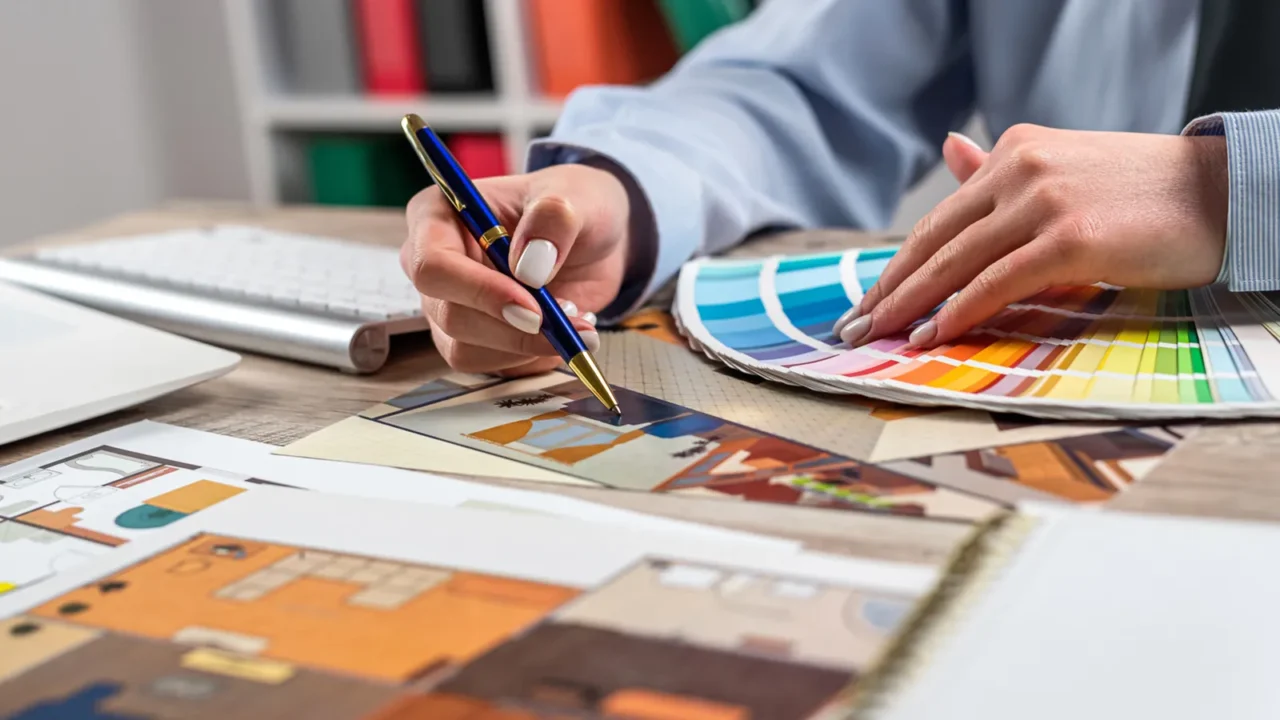
Focus on the Details
Attention to detail can elevate a design from good to great. Whether it’s the placement of décor, the stitching on cushions, or the finish on hardware, small touches make a big impact.
Clients notice when you go above and beyond to create polished, cohesive spaces. Precision and care in execution leave a lasting impression.

Highlight Trending Design Features
Clients love feeling ahead of the curve, so incorporating subtle trends can elevate your designs. Consider popular features like natural textures, layered lighting, or multifunctional furniture.
Be mindful not to overwhelm the space with fleeting fads. Balancing trends with timeless design ensures your work feels both fresh and enduring. For more inspiration and insights, explore the trending home designs of 2025 to impress your clients and build trust in your expertise.

End on a Memorable Note
Once the project wraps, leave a lasting impression by expressing gratitude. A thoughtful thank-you note or small gift can show your appreciation for their trust in you.
Sharing before-and-after photos and explaining your design choices reinforces the value you’ve brought to their space. Ending on a positive note increases the likelihood of referrals and future projects. Discover more networking secrets interior designers swear by to build connections that keep your business thriving.
Which tip will you use to impress your first design client? Let us know in the comments.
Read More From This Brand:
- Leveraging Technology in Interior Design
- Emerging Trends in Interior Design Careers
- How VR is Transforming Interior Design
Don’t forget to follow us for more exclusive content right here on MSN.